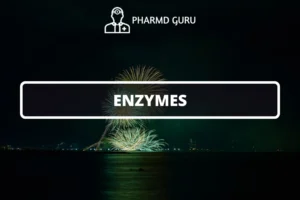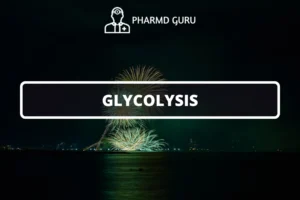Hyperbilirubinemia is a medical condition characterized by higher-than-normal levels of bilirubin in the bloodstream. Bilirubin is a yellow pigment produced from the breakdown of red blood cells and plays a vital role in the excretion of waste products. In this article, we will explore the causes, symptoms, diagnosis, and management of hyperbilirubinemia.
SCROLL DOWN TO THE BOTTOM OF THE PAGE FOR ACTUAL NOTES
Table of Contents
- Introduction to Hyperbilirubinemia
- Causes of Hyperbilirubinemia
- 2.1 Hemolytic Jaundice
- 2.2 Hepatocellular Jaundice
- 2.3 Obstructive Jaundice
- Symptoms of Hyperbilirubinemia
- Diagnosis of Hyperbilirubinemia
- Management of Hyperbilirubinemia
- Complications and Prognosis
1. Introduction to Hyperbilirubinemia
Hyperbilirubinemia refers to the presence of elevated levels of bilirubin in the bloodstream. Bilirubin is produced during the breakdown of red blood cells and is primarily processed and excreted by the liver. When the production, processing, or excretion of bilirubin is impaired, it can result in hyperbilirubinemia.
2. Causes of Hyperbilirubinemia
Hyperbilirubinemia can have various causes, including:
2.1 Hemolytic Jaundice
Hemolytic jaundice occurs when there is an increased breakdown of red blood cells, leading to elevated bilirubin levels. This can result from conditions such as hemolytic anemia, hereditary spherocytosis, sickle cell disease, or transfusion reactions.
2.2 Hepatocellular Jaundice
Hepatocellular jaundice occurs due to liver dysfunction, impairing the processing and excretion of bilirubin. Causes include viral hepatitis, alcoholic liver disease, drug-induced liver injury, autoimmune hepatitis, and certain inherited liver disorders.
2.3 Obstructive Jaundice
Obstructive jaundice occurs when there is a blockage in the bile ducts, preventing the normal flow of bile from the liver to the intestines. This can be caused by gallstones, tumors, strictures, or other conditions that obstruct the bile ducts.
3. Symptoms of Hyperbilirubinemia
The symptoms of hyperbilirubinemia can vary depending on the underlying cause and the severity of the condition. Common symptoms include:
- Jaundice: Yellowing of the skin, eyes, and mucous membranes.
- Dark urine: Bilirubin can cause urine to appear dark or tea-colored.
- Pale stools: Bilirubin may not reach the intestines properly, resulting in pale or clay-colored stools.
- Fatigue: Increased levels of bilirubin can lead to fatigue and weakness.
4. Diagnosis of Hyperbilirubinemia
To diagnose hyperbilirubinemia, healthcare professionals may perform several tests, including:
- Bilirubin levels: Blood tests can measure total bilirubin, direct bilirubin, and indirect bilirubin levels.
- Liver function tests: These tests assess liver function and may help identify the underlying cause of hyperbilirubinemia.
- Imaging studies: Ultrasound, CT scan, or MRI may be used to evaluate the liver, bile ducts, and other abdominal structures.
5. Management of Hyperbilirubinemia
The management of hyperbilirubinemia depends on the underlying cause. Treatment approaches may include:
- Treating the underlying condition: Addressing the specific cause of hyperbilirubinemia, such as managing viral hepatitis or treating gallstones.
- Phototherapy: In cases of severe hyperbilirubinemia, phototherapy may be used to help break down bilirubin and promote its excretion.
- Blood transfusion: In severe cases, blood transfusion may be necessary to replace damaged or excessively broken down red blood cells.
6. Complications and Prognosis
The prognosis for hyperbilirubinemia varies depending on the underlying cause and the promptness of treatment. Complications may arise if the condition remains untreated or if it progresses to severe liver dysfunction. These complications may include liver failure, hepatic encephalopathy, or organ damage.
ACTUAL NOTES




